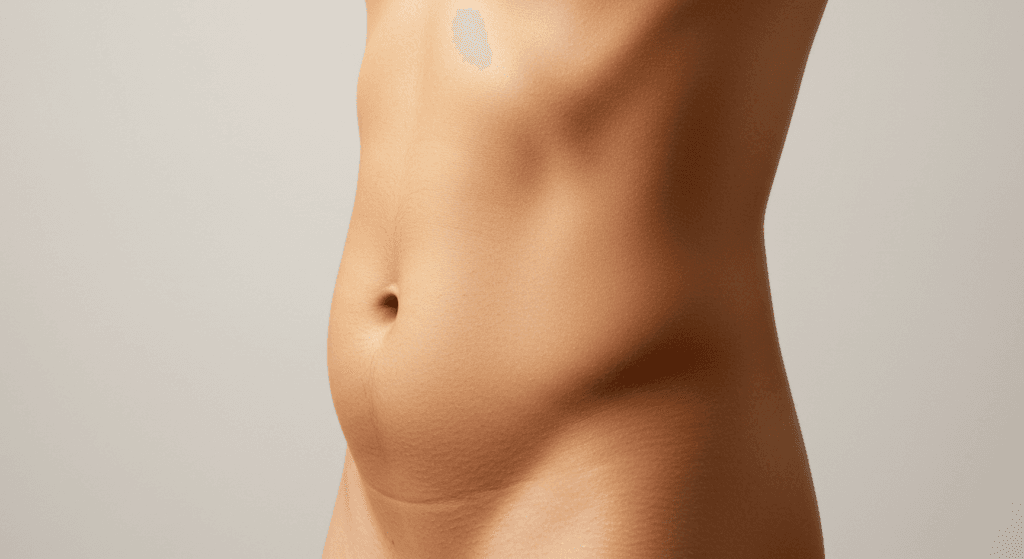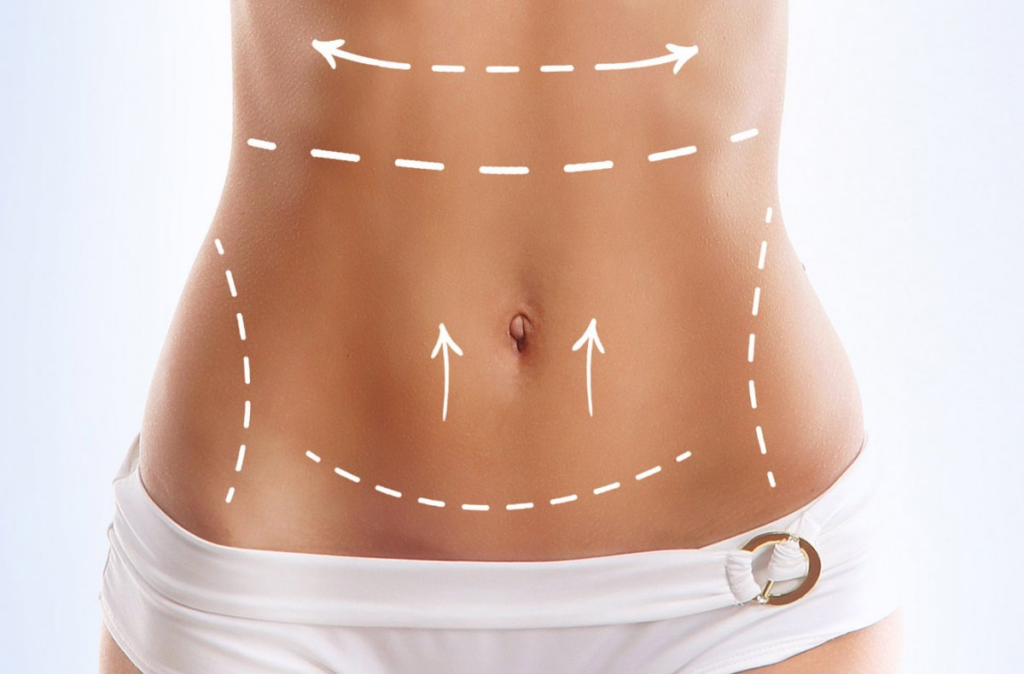The relative pain experienced after an abdominoplasty (tummy tuck) versus a Cesarean section is a frequently asked question. Both procedures involve significant abdominal surgery, but the nature of the incisions, tissue manipulation, and resulting recovery differ considerably, leading to varied pain experiences. This article will analyze the pain levels associated with each procedure, considering subjective experiences, pain management strategies, and long-term recovery outcomes.
Table of Contents
Comparing Pain Levels: Abdominoplasty vs. Cesarean
Abdominoplasty and Cesarean sections both involve significant surgical trauma, resulting in postoperative pain. However, the type and intensity of pain differ. A Cesarean section primarily involves incisional pain, localized to the lower abdomen, often described as sharp and intense initially, gradually transitioning to a dull ache. Abdominoplasty, on the other hand, involves more extensive tissue manipulation, including muscle tightening and skin excision, resulting in a broader area of pain, potentially including the lower abdomen, flanks, and incision sites. The initial pain is typically more intense for abdominoplasty due to the larger surgical area and more extensive tissue dissection.
The duration of significant pain also varies. While Cesarean section pain often significantly decreases within the first week, abdominoplasty pain can persist for several weeks, particularly due to the extensive muscle manipulation and skin tension. Furthermore, the nature of the pain differs; Cesarean section pain is often associated with uterine contractions and wound healing, while abdominoplasty pain is often described as a combination of incisional pain, muscle soreness, and tightness. Direct comparison is difficult due to individual pain tolerance and the subjective nature of pain assessment.
Objective pain measurement scales, such as the Visual Analog Scale (VAS) or Numerical Rating Scale (NRS), can provide some quantitative data. However, these scales do not fully capture the complex nature of pain. Studies comparing VAS scores post-operatively for both procedures show some overlap, with abdominoplasty often reporting slightly higher scores in the immediate postoperative period and the first week. However, these studies often have varying methodologies and patient populations, limiting direct comparison.
Ultimately, the intensity of pain experienced after either procedure is highly individual. Factors such as pain tolerance, pre-existing conditions, and the surgeon’s technique significantly influence the postoperative pain experience. While the initial pain may be more intense with abdominoplasty, the overall duration of significant pain might be longer. A comprehensive assessment requires considering both the intensity and duration of pain.

Subjective Pain Experiences and Variability
Patient experiences of pain are highly subjective and influenced by numerous factors beyond the surgical procedure itself. Psychological factors, such as anxiety and expectations, play a significant role in pain perception. Patients with higher levels of pre-operative anxiety may report greater postoperative pain regardless of the surgical procedure. Similarly, individual pain tolerance thresholds vary significantly among individuals, making direct comparisons challenging.
Previous experiences with pain, both surgical and non-surgical, can also influence the perception of postoperative pain. Patients with a history of chronic pain may experience amplified pain responses. Furthermore, the level of support received during recovery significantly impacts the patient’s subjective experience. Adequate pain management, emotional support, and physical assistance can mitigate the perceived intensity of pain.
The quality of pain also differs between individuals. Some may describe pain as sharp and stabbing, while others experience a dull, aching sensation. The location of pain can also vary, even within the same procedure. For example, in Cesarean sections, pain may radiate to the shoulders, while in abdominoplasties, pain may extend to the flanks and back. This variability makes it difficult to establish a definitive “more painful” procedure.
In summary, while objective measures can provide some insight, the subjective nature of pain necessitates a holistic approach to understanding pain experiences. Factors such as psychological state, prior pain experiences, and support systems all contribute to the individual’s perception of pain intensity and quality after both Cesarean sections and abdominoplasties.

Analgesia and Postoperative Pain Management
Effective analgesia is crucial for managing postoperative pain after both Cesarean sections and abdominoplasties. A multimodal approach, combining different analgesic modalities, is often recommended to optimize pain control and minimize side effects. This typically involves a combination of opioids, non-steroidal anti-inflammatory drugs (NSAIDs), and regional anesthesia techniques.
For Cesarean sections, epidural analgesia is frequently employed, providing effective pain relief during the immediate postoperative period. For abdominoplasties, a combination of intravenous opioids, NSAIDs, and local anesthetic infiltration at the surgical site is commonly used. The choice of analgesia depends on various factors, including the patient’s medical history, the extent of surgery, and the surgeon’s preference.
The effectiveness of different analgesic regimens varies among individuals. Some patients may require higher doses of analgesics, while others may experience satisfactory pain relief with lower doses. Close monitoring of pain levels and adjustment of analgesia as needed are essential to ensure adequate pain control. Furthermore, non-pharmacological methods, such as ice packs, compression garments, and physical therapy, can complement pharmacological interventions.
Ultimately, the goal of postoperative pain management is to provide effective pain relief while minimizing side effects and promoting optimal recovery. A collaborative approach, involving the surgical team, anesthesiologist, and pain management specialists, is crucial to tailor the analgesic regimen to the individual patient’s needs and ensure a comfortable and safe recovery.

Long-Term Pain and Recovery Outcomes
Long-term pain and recovery outcomes differ between abdominoplasty and Cesarean section. While Cesarean section pain usually resolves within weeks, abdominoplasty can lead to prolonged discomfort, particularly in the case of complications. Seromas (fluid collections) or hematomas (blood clots) can form beneath the skin, causing persistent pain and requiring drainage.
Scar tissue formation is another factor influencing long-term pain. Abdominoplasty involves a longer incision, increasing the risk of hypertrophic scarring or keloid formation, which can be painful and unsightly. Furthermore, the extensive tissue manipulation during abdominoplasty can lead to persistent muscle soreness and tightness, impacting long-term comfort and physical activity.
Cesarean sections, while initially painful, typically result in a more predictable and complete recovery. However, chronic pelvic pain or adhesions can occur in some cases, impacting long-term well-being. These complications are less frequent compared to those associated with abdominoplasty.
Overall, while both procedures can result in long-term pain in some patients, the nature and frequency of these complications differ. Abdominoplasty carries a higher risk of prolonged incisional pain, muscle soreness, and scar-related issues, while Cesarean sections are more likely to result in chronic pelvic pain or adhesions. Careful surgical technique, meticulous postoperative care, and prompt management of complications are crucial for minimizing long-term pain and optimizing recovery outcomes for both procedures.
Determining whether a tummy tuck or a Cesarean section is “more painful” is subjective and depends on individual factors. While initial pain may be more intense with abdominoplasty due to the extensive surgical manipulation, the duration of significant pain might be longer. Effective pain management strategies are crucial for both procedures. Long-term pain and recovery outcomes also vary, with abdominoplasty carrying a higher risk of prolonged incisional pain and scar-related complications. A comprehensive assessment requires considering both the intensity and duration of pain, as well as individual patient factors and potential long-term consequences.
Transform Your Confidence with Surgyteam!
Join the thousands of satisfied patients who have experienced the exceptional care and expertise of Surgyteam’s renowned plastic surgeons. Whether you’re seeking aesthetic enhancements or reconstructive surgery, our dedicated team in Antalya is here to provide you with the highest quality treatment and personalized care.



